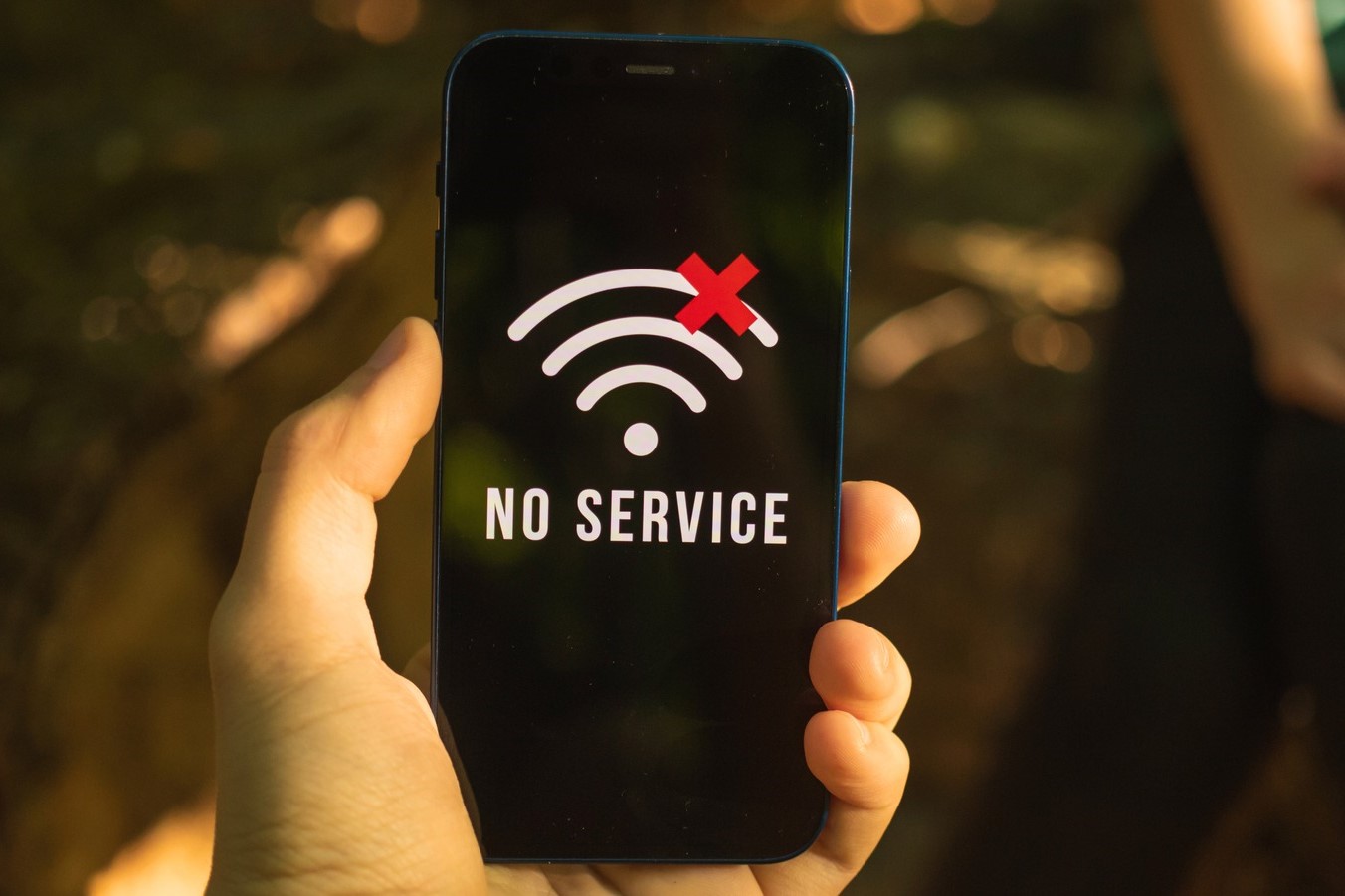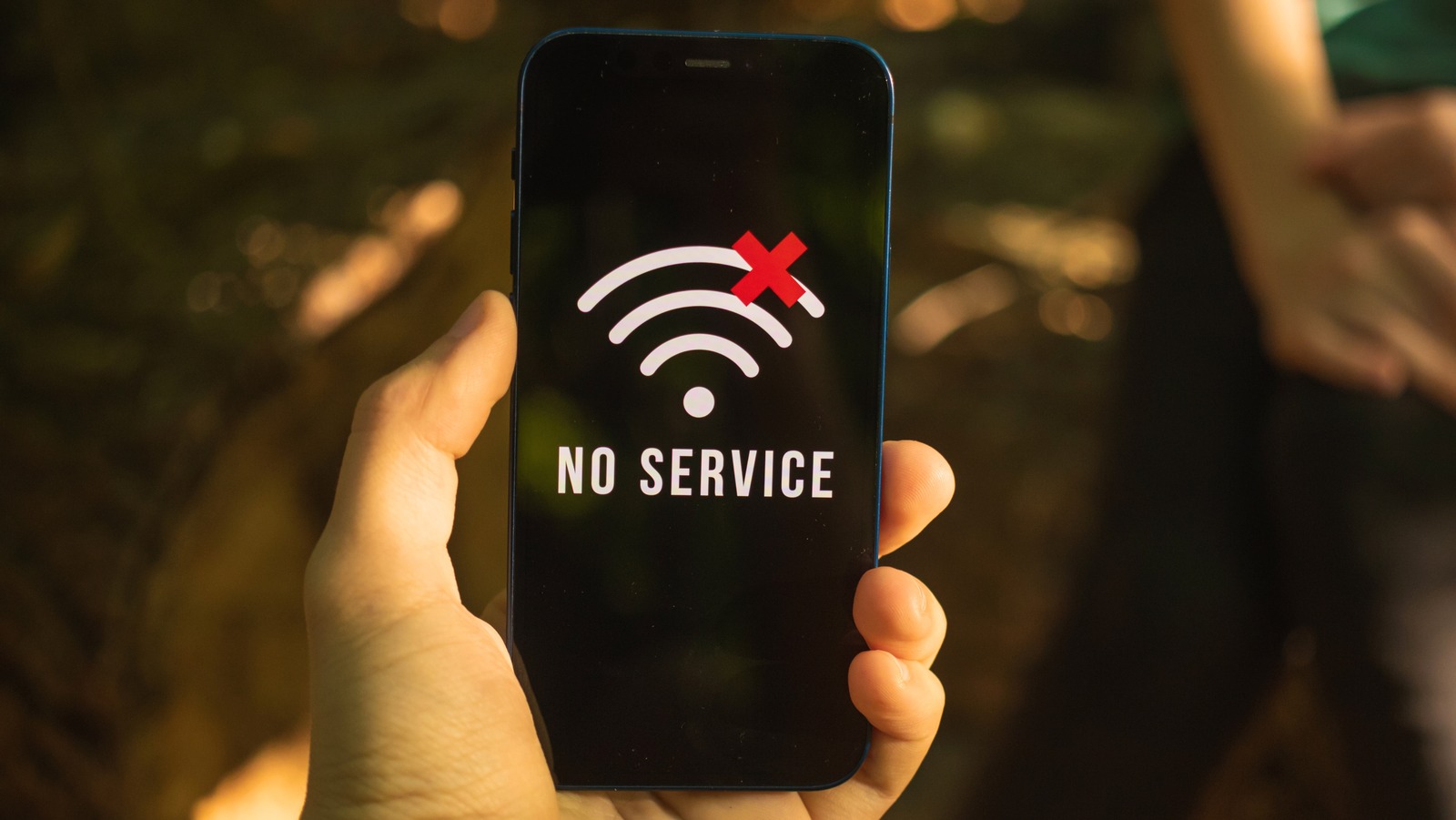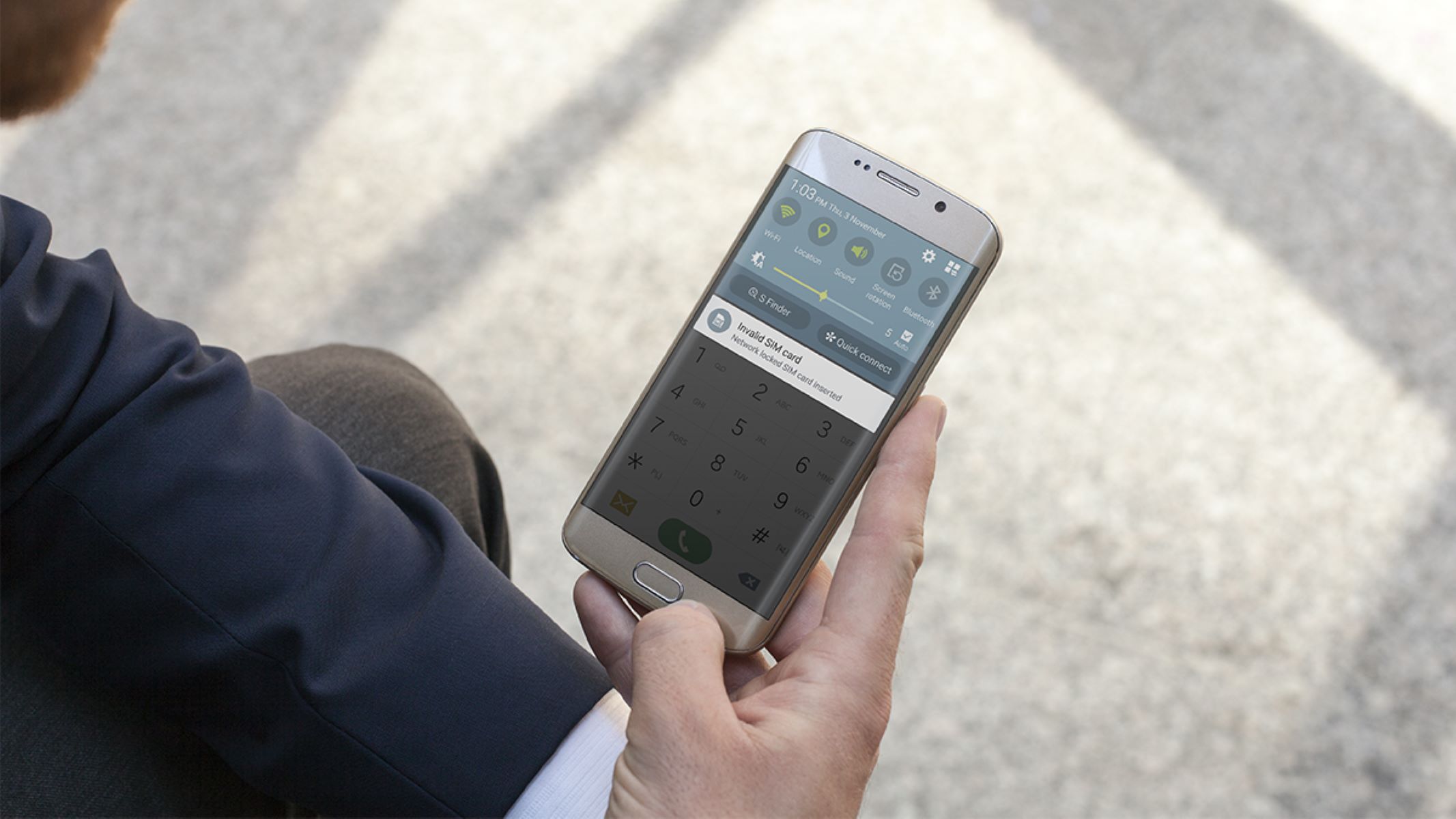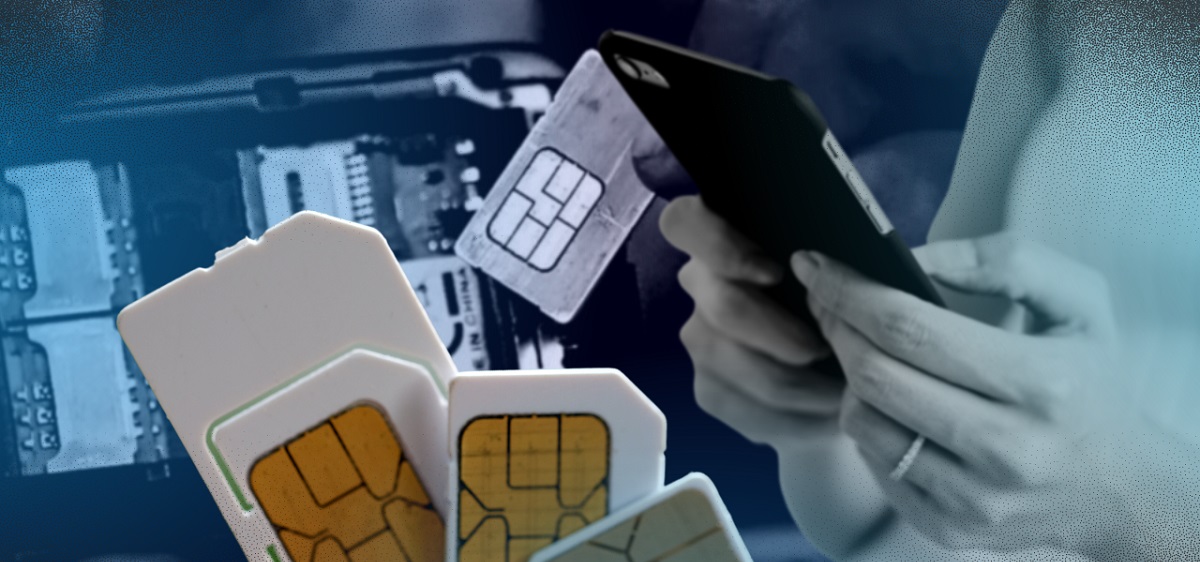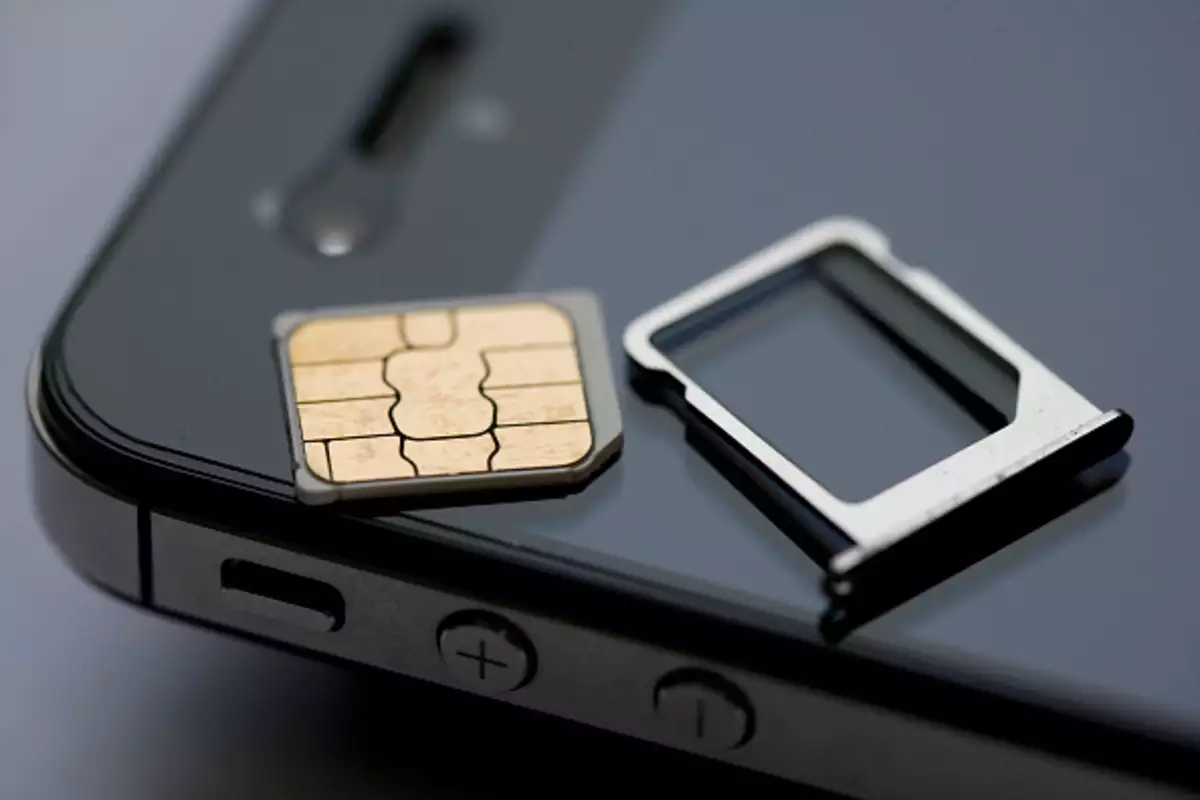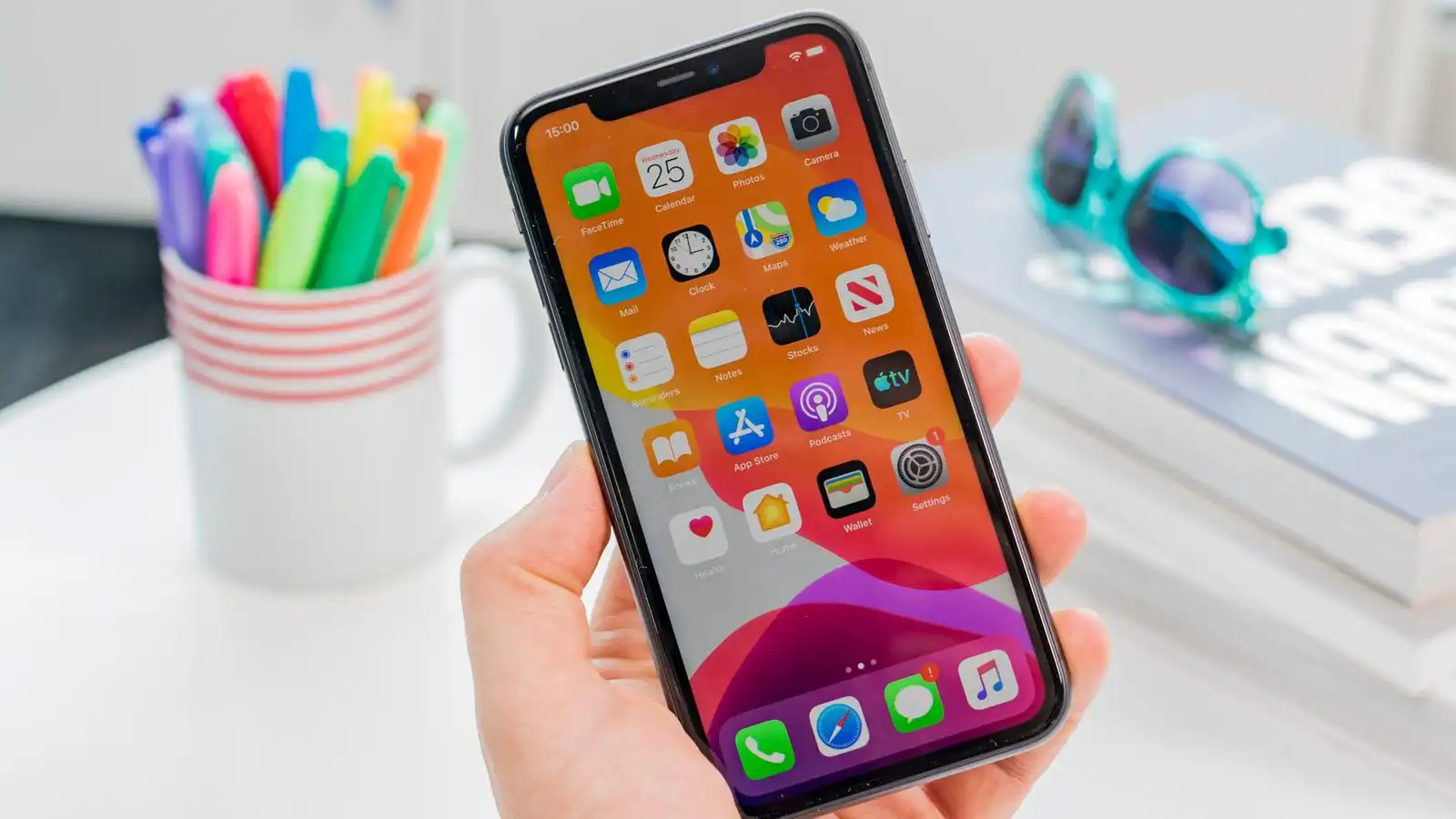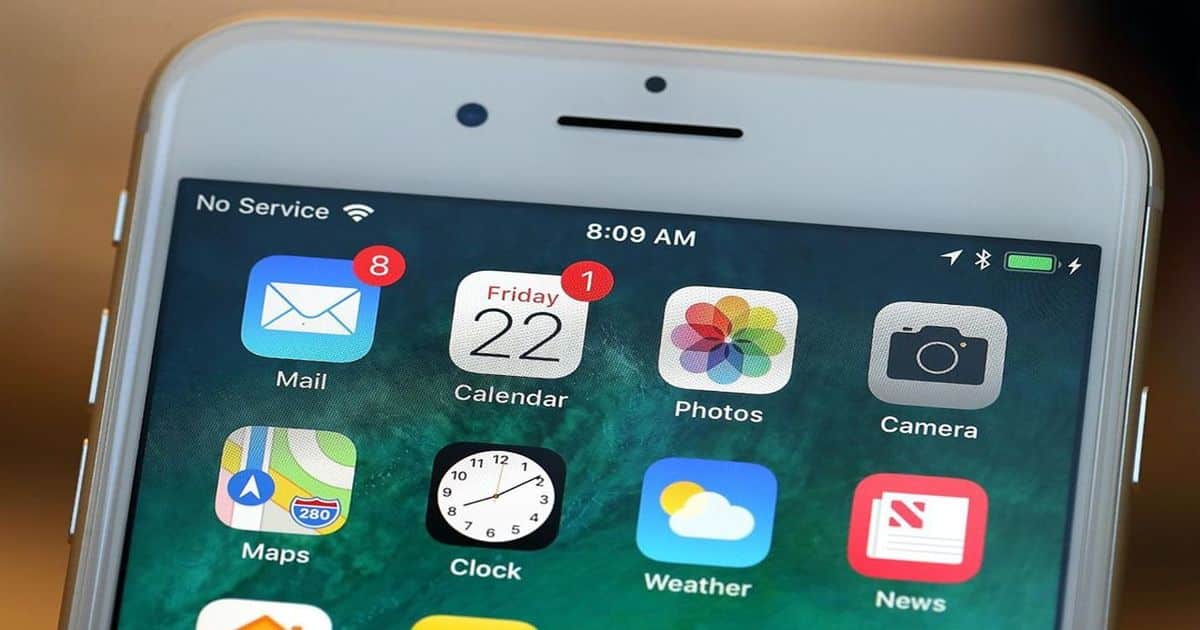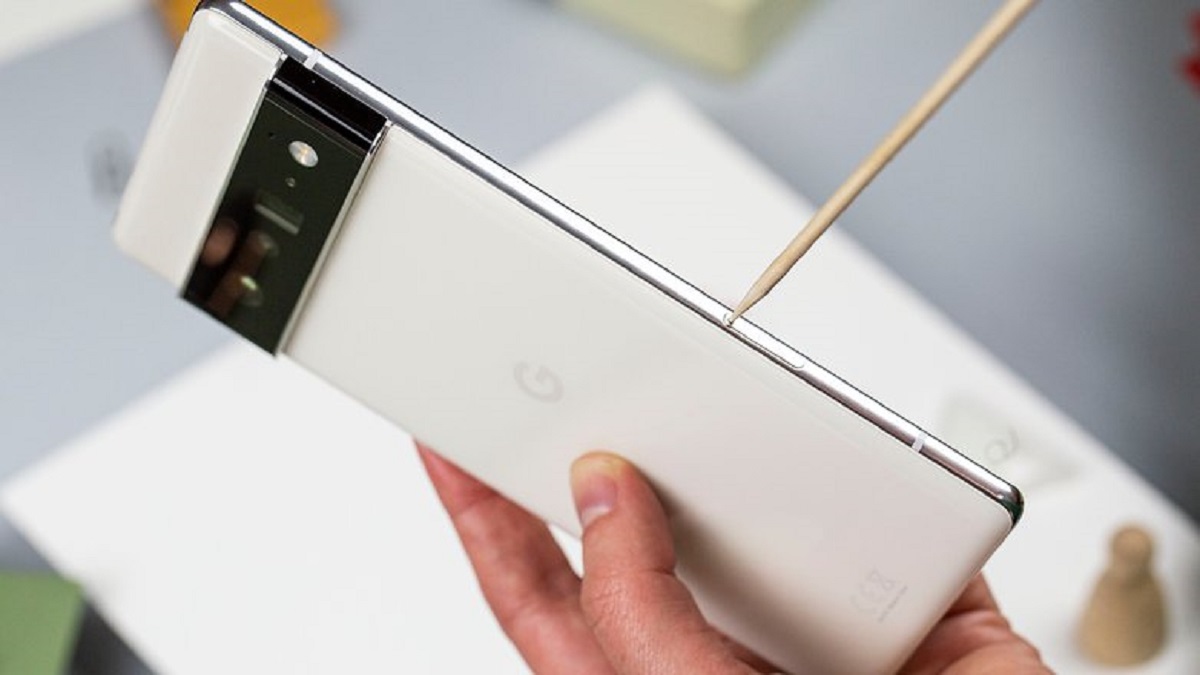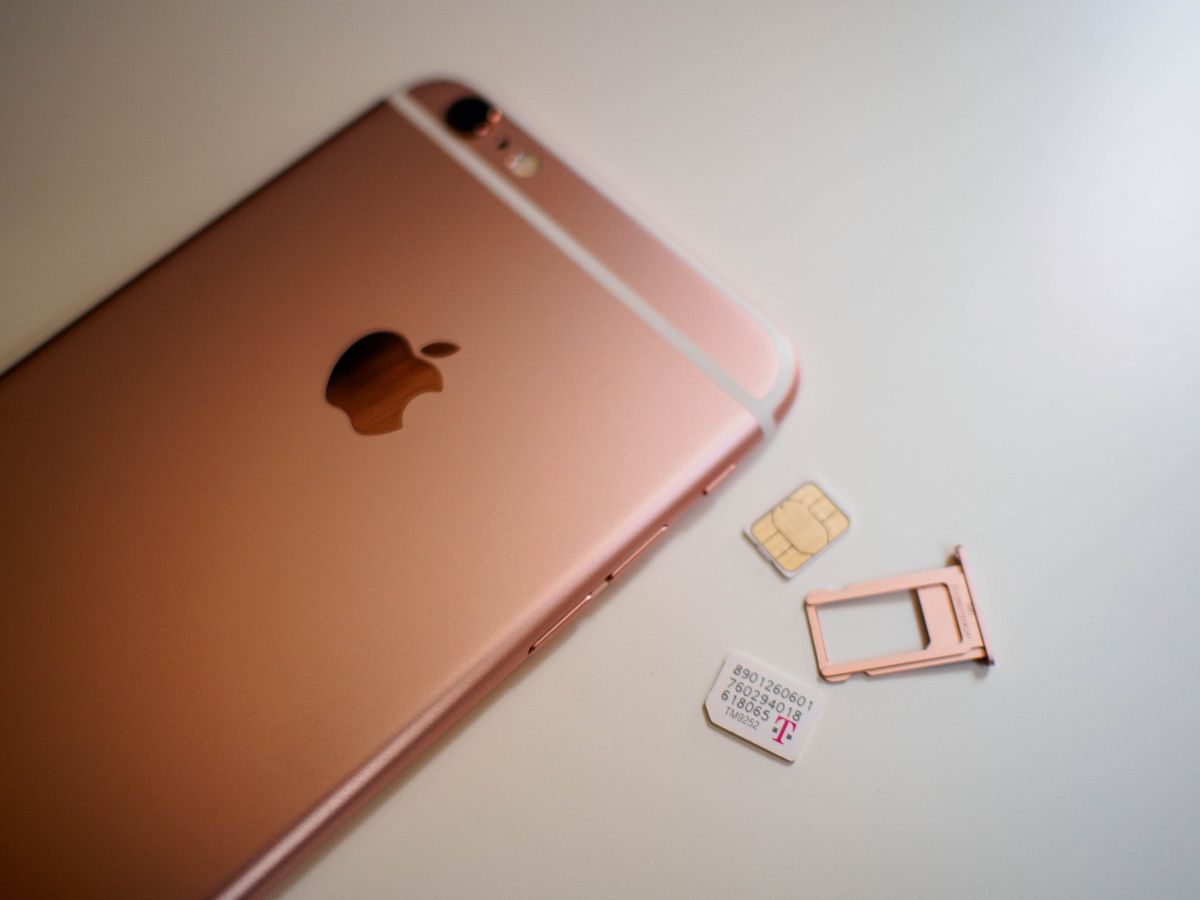Introduction
The "No Service" SIM card issue is a frustrating experience that many mobile device users encounter. It occurs when the device is unable to establish a connection with the cellular network, leading to a loss of signal and the inability to make calls, send texts, or access mobile data. This problem can arise unexpectedly, leaving users feeling disconnected and inconvenienced.
Understanding the potential causes of the "No Service" issue is crucial for effectively troubleshooting and resolving it. Whether it's due to network-related issues, SIM card problems, or device-specific issues, identifying the root cause is the first step toward restoring seamless connectivity.
In this article, we will delve into the common causes of the "No Service" SIM card issue and provide practical troubleshooting steps to help you resolve it. By following these guidelines, you can regain access to essential mobile services and eliminate the frustration associated with a disrupted connection. Let's explore the underlying factors contributing to this issue and equip ourselves with the knowledge to address it effectively.
Common Causes of "No Service" SIM Card Issue
The "No Service" SIM card issue can stem from various factors, encompassing network-related issues, SIM card malfunctions, and device-specific challenges. Understanding these common causes is essential for effectively troubleshooting and resolving the problem. Here are the key factors contributing to the "No Service" SIM card issue:
-
Network Outages:
Network outages, whether localized or widespread, can result in the "No Service" issue. These outages may occur due to maintenance, technical glitches, or external factors, disrupting the connectivity between your device and the cellular network. -
SIM Card Damage or Misalignment:
Physical damage to the SIM card or improper insertion into the device's SIM tray can lead to connectivity problems. A scratched or bent SIM card, or misalignment within the SIM tray, can hinder the device's ability to establish a stable connection with the network. -
Expired or Deactivated SIM Card:
An expired or deactivated SIM card can trigger the "No Service" issue. If the SIM card has reached its expiration date or has been deactivated by the network provider due to inactivity or other reasons, it will render the device unable to access the network. -
Software Updates and Settings Errors:
Software updates or changes in network settings can sometimes disrupt the device's ability to connect to the network. Incompatibility issues arising from recent software updates or incorrect network settings can manifest as the "No Service" problem. -
Hardware Malfunctions:
Hardware malfunctions within the mobile device, particularly those affecting the antenna or radio frequency components responsible for signal reception, can result in the "No Service" SIM card issue. Physical damage or internal faults may impede the device's capacity to establish and maintain a network connection.
By recognizing these common causes of the "No Service" SIM card issue, you can gain insights into the underlying factors contributing to the connectivity problem. This understanding sets the stage for implementing targeted troubleshooting measures to address the specific cause affecting your device's network connectivity.
Troubleshooting Steps
Resolving the "No Service" SIM card issue requires a systematic approach that addresses potential network, SIM card, and device-related factors. By following these troubleshooting steps, you can effectively diagnose and resolve the connectivity problem, restoring seamless access to essential mobile services.
-
Check Network Coverage: Begin by verifying the network coverage in your current location. If you are in an area with weak or no cellular signal, the "No Service" issue may be attributed to poor network coverage. Moving to a different location with better signal strength can help rule out coverage-related causes.
-
Restart the Device: A simple yet effective troubleshooting step involves restarting your mobile device. Powering off the device, removing the SIM card, reinserting it, and then powering the device back on can help refresh the network connection and resolve temporary connectivity glitches.
-
Verify SIM Card Status: Access the device's SIM card settings to verify the status of the SIM card. Ensure that the SIM card is active, properly inserted, and not physically damaged. If necessary, gently clean the SIM card and the SIM tray to remove any dust or debris that may affect the connection.
-
Update Network Settings: Access the device's network settings and ensure that they are correctly configured. If recent changes or updates have disrupted the network settings, restoring the default settings or adjusting them to align with the network provider's specifications can help resolve connectivity issues.
-
Check for Software Updates: Ensure that your device's operating system and network-related software are up to date. Installing the latest software updates can address compatibility issues and bugs that may be contributing to the "No Service" problem.
-
Reset Network Settings: If persistent network connectivity issues are encountered, consider resetting the device's network settings to their default state. This step can help eliminate potential configuration errors and restore the device's ability to establish a stable connection with the cellular network.
-
Test with Another SIM Card: To rule out potential SIM card issues, test your device with another compatible SIM card. If the alternate SIM card functions properly in your device, it may indicate that the original SIM card is faulty and requires replacement.
-
Contact Network Provider: If the troubleshooting steps do not resolve the "No Service" issue, reaching out to your network provider's customer support is crucial. Inform them of the steps you've taken and seek their assistance in diagnosing and resolving the connectivity problem.
By diligently following these troubleshooting steps, you can systematically address the potential causes of the "No Service" SIM card issue and work towards restoring uninterrupted network connectivity on your mobile device. Whether it's a temporary network glitch, SIM card-related issue, or software configuration error, these steps empower you to proactively resolve the connectivity problem and regain seamless access to mobile services.
Contacting Customer Support
In the event that the troubleshooting steps fail to resolve the persistent "No Service" SIM card issue, reaching out to your network provider's customer support is a pivotal next step. Customer support representatives are well-equipped to provide personalized assistance, diagnose complex network-related issues, and offer tailored solutions to address connectivity problems.
When contacting customer support, it is essential to articulate the specific troubleshooting measures you have undertaken. Detailing the steps you've followed, such as verifying network coverage, restarting the device, and checking the SIM card status, provides valuable insights for the support team. This information enables them to focus on advanced diagnostics and targeted solutions, building upon the initial troubleshooting efforts.
Upon engaging with customer support, be prepared to provide pertinent details about your mobile device, including the make and model, operating system version, and any recent software updates. Additionally, sharing the history of the "No Service" issue, such as when it first occurred and any patterns or triggers you've observed, can aid the support team in formulating a comprehensive assessment.
Customer support representatives may guide you through additional troubleshooting steps specific to your device and network provider. This may involve advanced network configuration checks, SIM card diagnostics, or remote device diagnostics to identify potential hardware or software-related issues contributing to the connectivity problem.
In some cases, customer support may escalate the issue for further technical analysis or arrange for a replacement SIM card if a fault is detected. They may also provide insights into network coverage in your area, potential network maintenance or outages, and proactive measures to enhance your device's connectivity.
It is important to maintain open communication with customer support throughout the troubleshooting process, diligently following their guidance and providing feedback on the outcomes of the suggested actions. This collaborative approach fosters a productive resolution path and ensures that all potential avenues for resolving the "No Service" issue are explored comprehensively.
By leveraging the expertise and resources of customer support, you can navigate through intricate network-related challenges and work towards a definitive resolution. Their personalized assistance, combined with your proactive engagement, forms a crucial partnership in addressing the "No Service" SIM card issue and restoring seamless connectivity on your mobile device.
In summary, contacting customer support represents a pivotal phase in the troubleshooting journey, offering specialized guidance, advanced diagnostics, and tailored solutions to overcome the "No Service" SIM card issue. This collaborative approach, coupled with your proactive engagement, forms the cornerstone of a comprehensive resolution strategy.
Conclusion
In conclusion, the "No Service" SIM card issue presents a formidable challenge for mobile device users, disrupting essential connectivity and communication capabilities. Through a comprehensive exploration of the common causes and effective troubleshooting steps, we have equipped ourselves with valuable insights and practical strategies to address this pervasive issue.
By understanding the multifaceted nature of the "No Service" problem, encompassing network outages, SIM card malfunctions, software configuration errors, and hardware-related challenges, we have gained a holistic perspective on the potential factors contributing to connectivity disruptions. This awareness empowers us to approach troubleshooting with precision, systematically addressing each potential cause to restore seamless network connectivity.
The troubleshooting steps outlined provide a structured framework for diagnosing and resolving the "No Service" issue, encompassing essential measures such as verifying network coverage, restarting the device, and testing the SIM card. These steps enable users to proactively address temporary glitches, SIM card-related issues, and software configuration errors, fostering a proactive approach to resolving connectivity challenges.
Furthermore, the pivotal role of customer support in the troubleshooting journey cannot be overstated. Engaging with customer support represents a collaborative partnership, leveraging specialized expertise and tailored solutions to navigate through intricate network-related challenges. By maintaining open communication and diligently following their guidance, users can harness the resources and insights offered by customer support to achieve a definitive resolution.
In essence, the journey to resolve the "No Service" SIM card issue embodies a proactive and collaborative approach, where users leverage their understanding of the underlying causes and engage with customer support to navigate through complex network-related challenges. By following the troubleshooting steps and seeking personalized assistance when needed, users can effectively overcome the "No Service" issue, restoring uninterrupted access to essential mobile services.
Ultimately, the knowledge and strategies gleaned from this exploration serve as a valuable resource, empowering users to address the "No Service" SIM card issue with confidence and resilience. By embracing a proactive and informed approach to troubleshooting, users can navigate through connectivity challenges with clarity and determination, ensuring that their mobile devices remain reliable and seamlessly connected.
This comprehensive understanding and proactive mindset position users to effectively navigate through network-related disruptions, fostering a resilient and empowered approach to addressing the "No Service" SIM card issue. With these insights and strategies at hand, users are well-prepared to overcome connectivity challenges and embrace uninterrupted access to essential mobile services.







